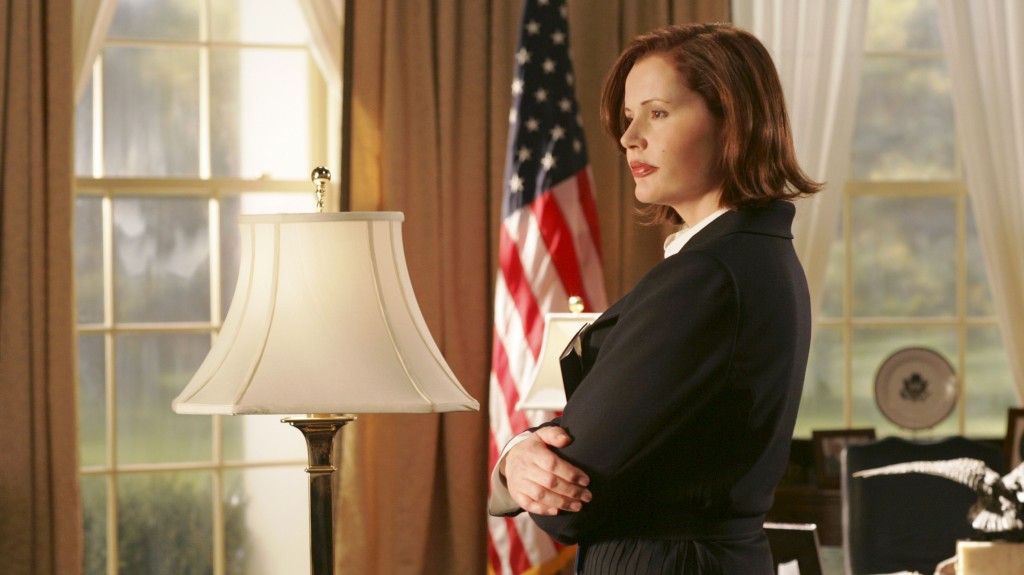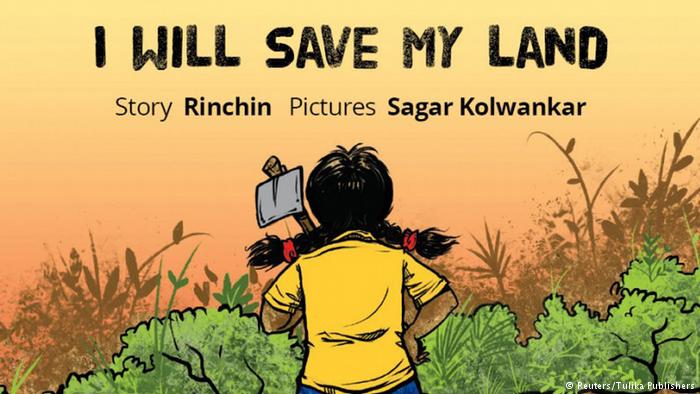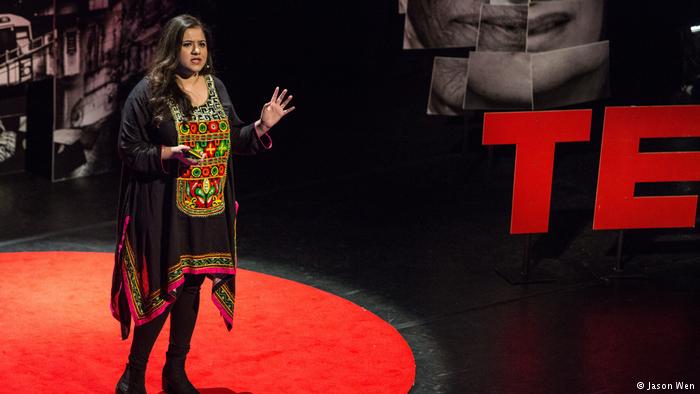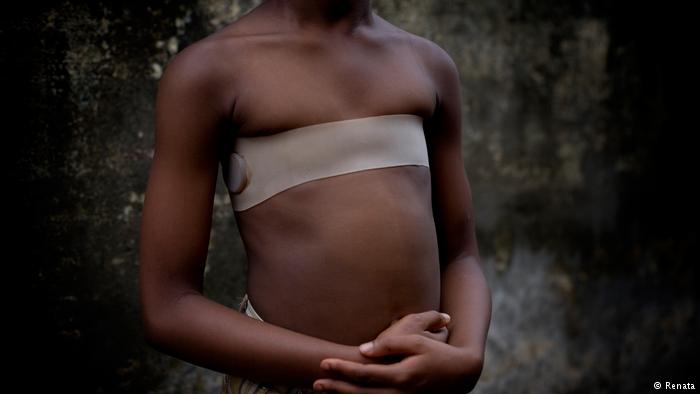Blacking Out Gender Bias On Screen

Although Geena Davis played the role of President of United States of America in TV show, Commander-in-Chief, she believes that women are far less likely to be a judge or doctor or in any other professional or leadership position.
What do we learn about women and girls when we turn on the television or go to the movies? Around the world, female characters in films and television take far less space than male characters. They do less interesting things. They are judged by their appearance. That is Geena Davis‘ opinion.
We all know that women and girls make up slightly more than half the human population. But you would not know this from watching films and television, where there are roughly three male characters for every one female.
Less than a quarter of the on-screen global workforce is female – much lower than in the real world. Women are far less likely to be a judge or doctor or in any other professional or leadership position, and women and girls are twice as likely as men and boys to appear in sexualised attire or nude.
These very enlightening and disturbingly bleak findings were part of the first-ever international study on the portrayal of women in films that my institute on Gender and Media commissioned from the USC Annenberg School of Communication and Journalism, and presented last year with the support of UN Women and the Rockefeller Foundation.

Academy and Golden Globe Award-winning actor Geena Davis is a long-standing advocate for increased and diverse representation of women in film and within the entertainment industry. (Courtesy of Geena Davis)
The data are echoed by research on other types of media. The Global Media Monitoring Project found that only a quarter of the people read about in print or heard and seen on radio and television news are women. Almost half of the stories uphold gender stereotypes.
Twenty years ago, at the Fourth World Conference on Women [in Beijing], the governments of the world committed themselves to the idea that the media should make a far greater contribution to women’s empowerment, recognising that films, television, newspapers and now online platforms shape the ways we think and act.
Yet despite this commitment, we still are far from a balanced representation or portrayal in the media. In fact, research shows that the ratio of male to female characters in film is exactly the same as it was in 1946.
My colleagues in film and television used to think that the problem of gender equity had been fixed. But there was no data showing them the real picture. When I brought them the research commissioned by my institute – covering a 20 year span – they were absolutely stunned to learn how bereft of female presence the fictitious worlds they were creating were.
I have stressed how important it is for future generations to have more female characters. Girls feel less empowered the more TV they watch, while boy’s views become more sexist. There are important ethical questions concerning stereotypes or hypersexual images to young children. No one thinks it is a positive development that, as one recent study found, girls as young as six are seeing themselves through the male gaze.
There is also an economic argument — research shows that films with more women and girls make more money, and are less likely to fail.
Maybe instead of developing unconscious gender biases and having to fix them, the media industry should start from the beginning, as Beijing recognised, by not perpetuating them at all.

Movies like Zero Dark Thirty that saw Jessica Chastain playing the lead are rare in Hollywood where according to Geena Davis, “less than a quarter of the on-screen global workforce is female.”
To achieve gender equality, one needs to work on many issues—laws, education, representation in government—the list is long. But, the media needs to be a particular priority because they have such an enormous impact on the way that women, men, boys and girls think about their roles and their value to society. We cannot wait even one more year for progress. We know the problem, and we have the evidence confirming it.
Think about this: in all of the sectors of society that still have a huge gender disparity, how long will it take to correct, to reach parity? We can’t snap our fingers and suddenly half of Congress is female. But there’s one category where the underrepresentation of women can be fixed TOMORROW: on-screen.
In the time it takes to create a television show or to make a movie, we can change what the future looks like. In other words, we don’t have to wait for society to turn things around, we can create the future now, through what people see. Yes, there are woefully few women CEOs in the world, but lots of them can be women on screen. How long will it take to fix the problem of corporate boards being so unequal? Well, half of them can be female tomorrow, in films and on TV.
Here’s a simple solution: cast more women in roles written for men. The time is now for media to make the future – where we have done away with gender bias – a reality today, on-screen.
(This article is part of U.N. Women’s Empowering Women — Empowering Humanity: Picture It! campaign in the lead-up to Beijing+20.) © Women’s Feature Service
Author: Geena Davis
WTO RECOMMENDS
How a woman is affected by her Environment
Simone de Beauvoir says: “One is not born a woman, rather becomes one.” Environment has a great impact on the personality of a person and if children are exposed to sex-based segregation or a sex-sensitive environment, they will probably adopt the same behavior. (From October 27, 2014)
Freedom from violence and fear
After the brutal gang rape of a young woman in December 2012 in the national capital, following which she succumbed to her injuries, there was a great upsurge of people protesting on the streets. It was the graphic, vicious nature of the crime, as opposed to the ‘normalcy’ of everyday violence, which brought everyone out in large numbers.(From August, 27, 2014)
More women needed
According to the latest figures released by the Indian Home Ministry, out of the 15,85,117 personnel working in state police forces, only 84,479 or just 5.33% are women. Besides there are only 499 all-women police stations out of a total of 15,000 stations in the country. The figures are absurd and call for an analysis. Is meagre representation of women in the forces, leading to a rise in crimes against women? (May 21, 2013)






